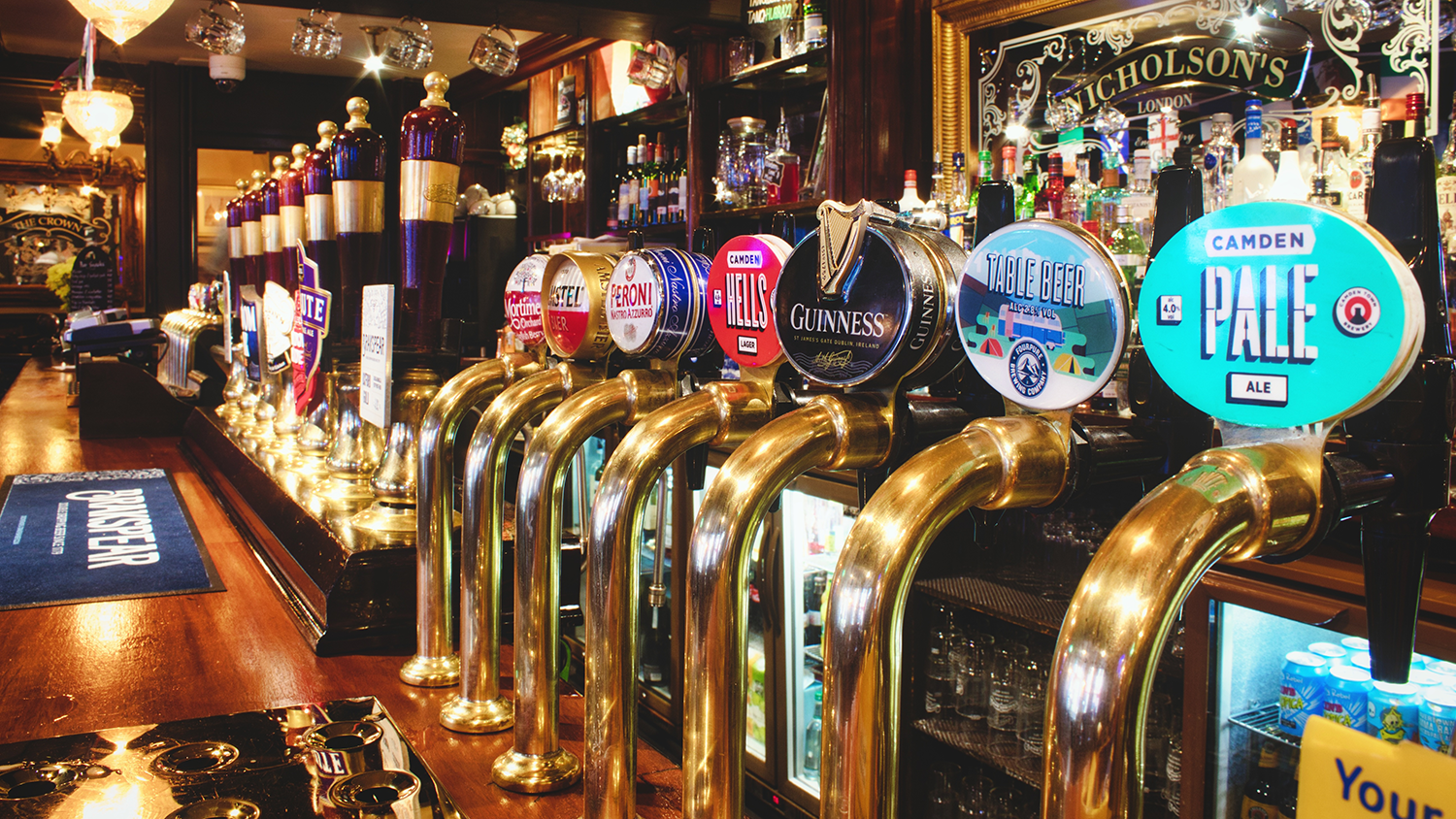By Jill Goodwin, Contributor
The way you photograph a restaurant's interior and exterior can profoundly impact customers' perceptions. Aside from food quality, atmosphere, and brand identity, how your restaurant looks are some of the most important components of a high-value restaurant experience.
However, this is not always an easy challenge.
Part of what makes capturing restaurant environments challenging is that they require the nuanced concepts of ambiance to land well with online consumers. You need to sell the idea and the vision of your restaurant, so that potential customers are compelled enough to visit in person.
Fortunately, restaurant photography is a skill, like any, that can be learned and refined over time.
Below, we’ll explore some of the most popular and effective techniques for making the inside and outside of your restaurant stand out from the crowd using simple photography methods.
The Significance of Good Photography for Restaurants
When photographing a restaurant's indoor and outdoor environment, it’s important to consider its distinct brand vision and identity.
Cultivating a clear idea of the restaurant’s target audience and the atmosphere the owner is aiming to sell will play a crucial role in the way you take photographs.
Exceptional restaurant photography conveys a high standard of food and experiential quality to consumers while simultaneously communicating what kind of atmosphere they can expect from it. Restaurant photography should encapsulate the brand’s essence and soul—and here’s how to do just that.
Use Good Mood Lighting
Lighting is one of the first things to consider when producing high-quality restaurant photography. The right lighting will create the right atmosphere and communicate to the world what kind of mood and tone visitors might experience. If your restaurant is light and bright, capture this, and if it’s dark and moody, do the same.
Great lighting is also essential for highlighting the features of the environment itself. When approaching a restaurant photo shoot, your first point of call should be using the right tools to enhance, soften, and accentuate its characteristics.
Shoot at Realistic Opening Times
Having good mood lighting is crucial, but the time of day you shoot should also correlate with your restaurant's opening hours. If you're shooting a breakfast and brunch spot, you should photograph your interiors and exteriors in daylight. However, if it is a nighttime venue, shooting at night will help you capture the ambiance of your restaurant and provide a real feel of the venue.
It’s a good idea to shoot the exterior and a little bit of the surroundings, too, as this will ensure customers can easily spot the venue when they visit. By accurately documenting the look of the restaurant, your photographs will attract the people it will appeal to in real life.
Focus on Unique Textural Elements
If the restaurant you are photographing is niche, conceptual, or strongly atmosphere-inclined, capturing just the layout of the environment isn’t enough. Guests may be very interested in seeing the unique textural elements of the space, and this can help translate a clearer brand image.
Take a moment to observe any unique details, such as textured wallpaper, plush or ornate furniture, or even unusual flooring or light fittings, and endeavor to capture these details intimately. This can help build a library of sensory elements for the photo series and create a more distinctive look and feel for the restaurant.
Bring Multiple Lenses
Until you’ve explored an environment in real-time, you don’t know what perspective will best capture it.
Bringing multiple lenses along to your restaurant photography shoot will give you a much broader range to work with when tackling the different parts of the building, especially the finer details of the interior.
35mm and 50mm lenses are generally the best options for restaurant photography, but if you have any others within the 24mm and 70mm range, we recommend you pack them, too. The more options you have, the more exact and compelling the photos will be.
Incorporate a Human Element
A completely empty restaurant devoid of human presence is not a good look for the brand. Not only does this kind of photography often lack the joie de vivre it needs to win customers over emotionally, but it can also make the restaurant look as though business is slow.
On the other hand, you don’t want to overwhelm your shots with crowds of people that might distract from the beauty of the restaurant interior. Introducing balanced insertions of human activity—such as waiters, bartenders, chefs, or very selected guests—can breathe life into the space and help people associate it with more energy and zeal.
Use Unique Props
When it comes to capturing the interior of the restaurant, the devil is in the details. Having access to a range of unique glassware, delicious dishes, menus, and tasteful, relevant props for the shoot will help the restaurant’s brand appear far more cohesive.
These props can also help tell your restaurant’s story and add depth to each image. Creating this kind of narrative is crucial, especially if you are creating photo sets for marketing or as a series for an online portfolio. Doing so will take the viewer on a journey rather than simply viewing images at random.
Get a Good Vantage Point
Restaurants are not always easy to capture in a way that truly provides an overview of the experience offered. When shooting interiors, look for new angles that give you a good vantage point that is authentic and aesthetically pleasing. Shooting from above eye level is often a good idea, as is shooting from corners to capture the layout of the space.
When shooting the exterior of the restaurant building, make sure you have a good vantage point for framing it realistically but flatteringly. You may need to stand on a ladder or sturdy chair to get the right shot, but it will be worth it.
Showcase Your Restaurant Inside & Out
When it comes to contemporary restaurant marketing, the combination of premium food and high quality photography is a recipe for success.
Focus on lighting, ambiance, carefully selected dishes, and tableware, and use the unique elements of the restaurant building to set it apart from competitors. These tips can help you develop a restaurant photography strategy that is altogether tantalizing, impactful, and inviting to a wide array of future customers.













